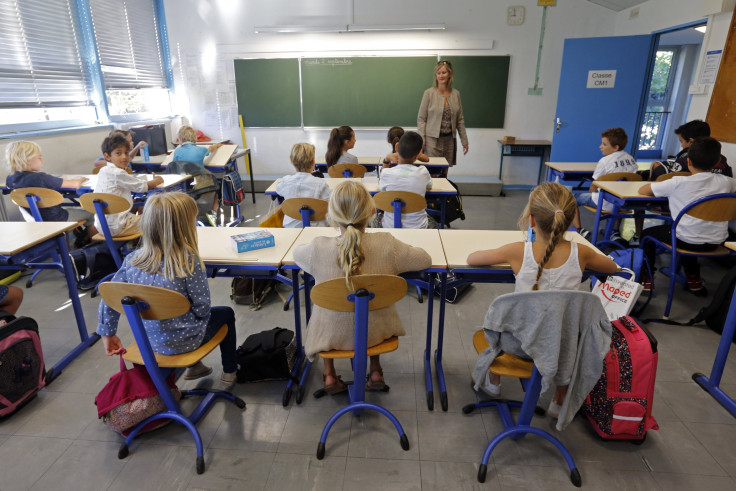For Poor Students, Money Matters: Paper Links Increased School Spending To Higher Incomes Later

More spending on public schools can significantly improve the lives of disadvantaged children, asserts a working paper from the National Bureau of Economic Research. The amount a state spends on each low-income student can make or break his or her chances of finishing school and earning good wages later on. In short, its authors wrote, "investments in school spending are worthwhile."
As politicians battle over the federal reauthorization of the Elementary and Secondary Education Act -- most recently known as No Child Left Behind -- the authors examined historical data on what court-ordered state resources do for low-income students. The paper, "The Effects of School Spending on Educational and Economic Outcomes: Evidence from School Finance Reforms," is an update of previous studies on the subject. The authors included C. Kirabo Jackson and Claudia Persico from Northwestern University in Evanston, Ill., and Rucker C. Johnson from the University of California - Berkeley.
The researchers found that financing reform that improves school quality is linked to the success of poor students. Simply put, actions like lowering student-to-teacher ratios and upping instructional time can mean kids learn more, with predictably better outcomes. Those outcomes mean a lesser chance of living in poverty as adults, according to the paper.
"While we find small effects for children from affluent families, for low-income children, a 10 percent increase in per-pupil spending each year for all 12 years of public school is associated with 0.43 additional years of completed education, 9.5 percent higher earnings, and a 6.8 percentage-point reduction in the annual incidence of adult poverty," the authors wrote.
This, they wrote, highlights "how improved access to school resources can profoundly shape the life outcomes of economically disadvantaged children, and thereby significantly reduce the intergenerational transmission of poverty."
The authors acknowledged that money wasn't the sole factor in changing a poor student's life, but it's a start. More research is needed to pinpoint the best ways for states to allocate their education funds, they concluded.
© Copyright IBTimes 2025. All rights reserved.






















